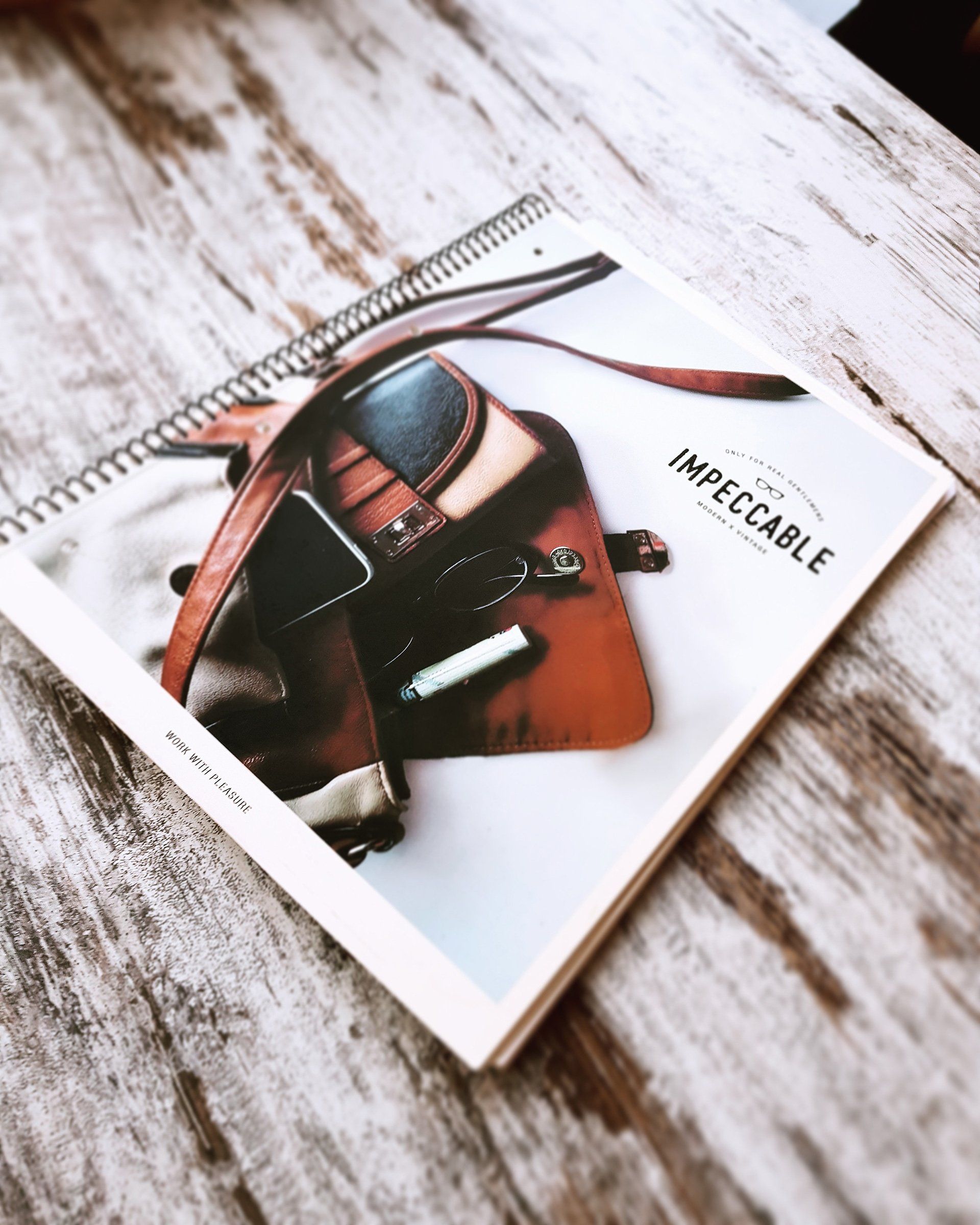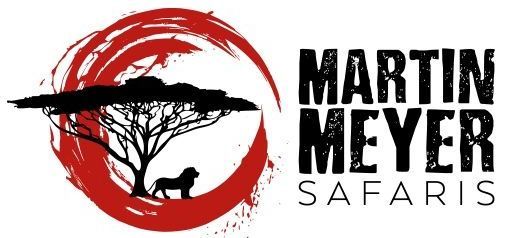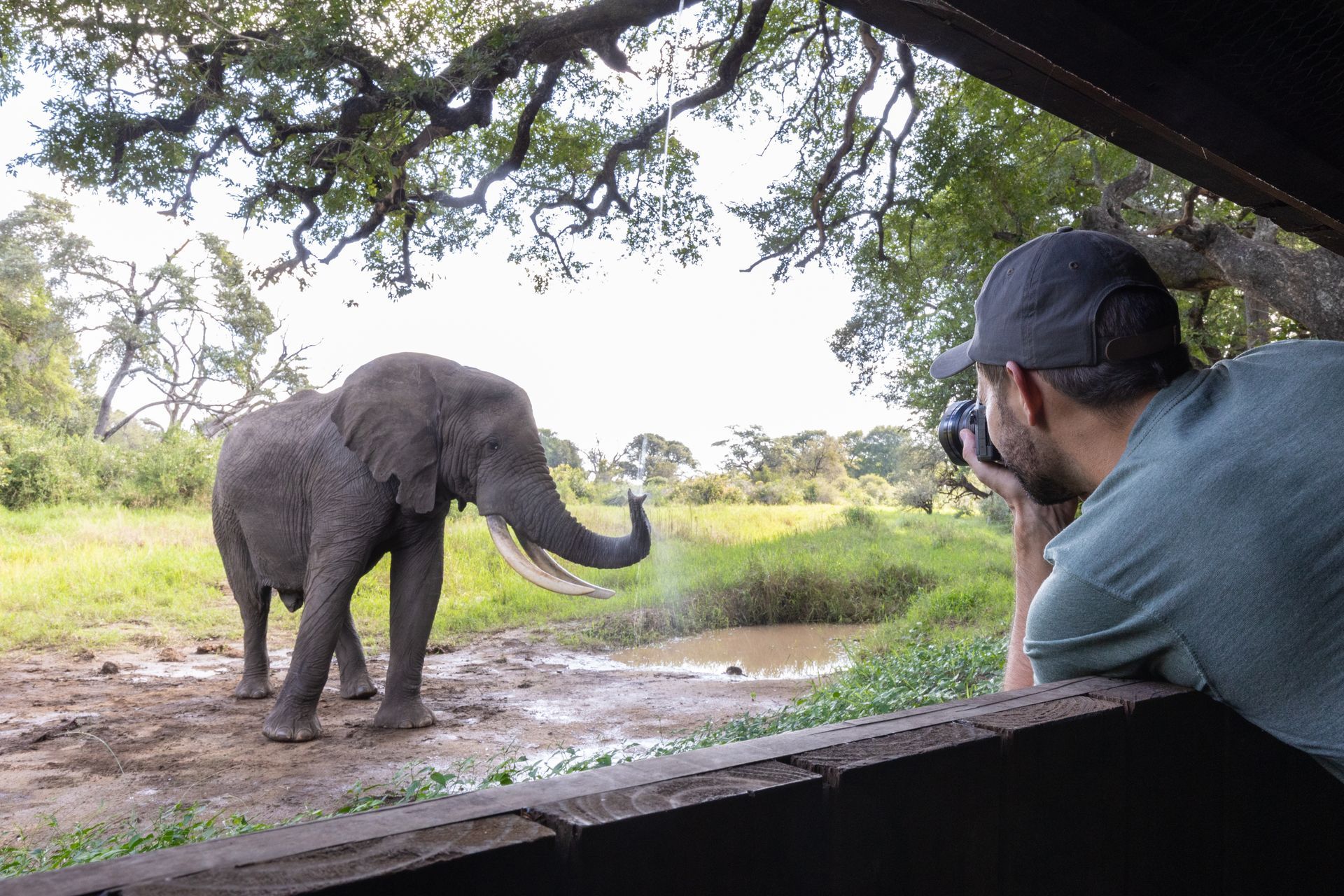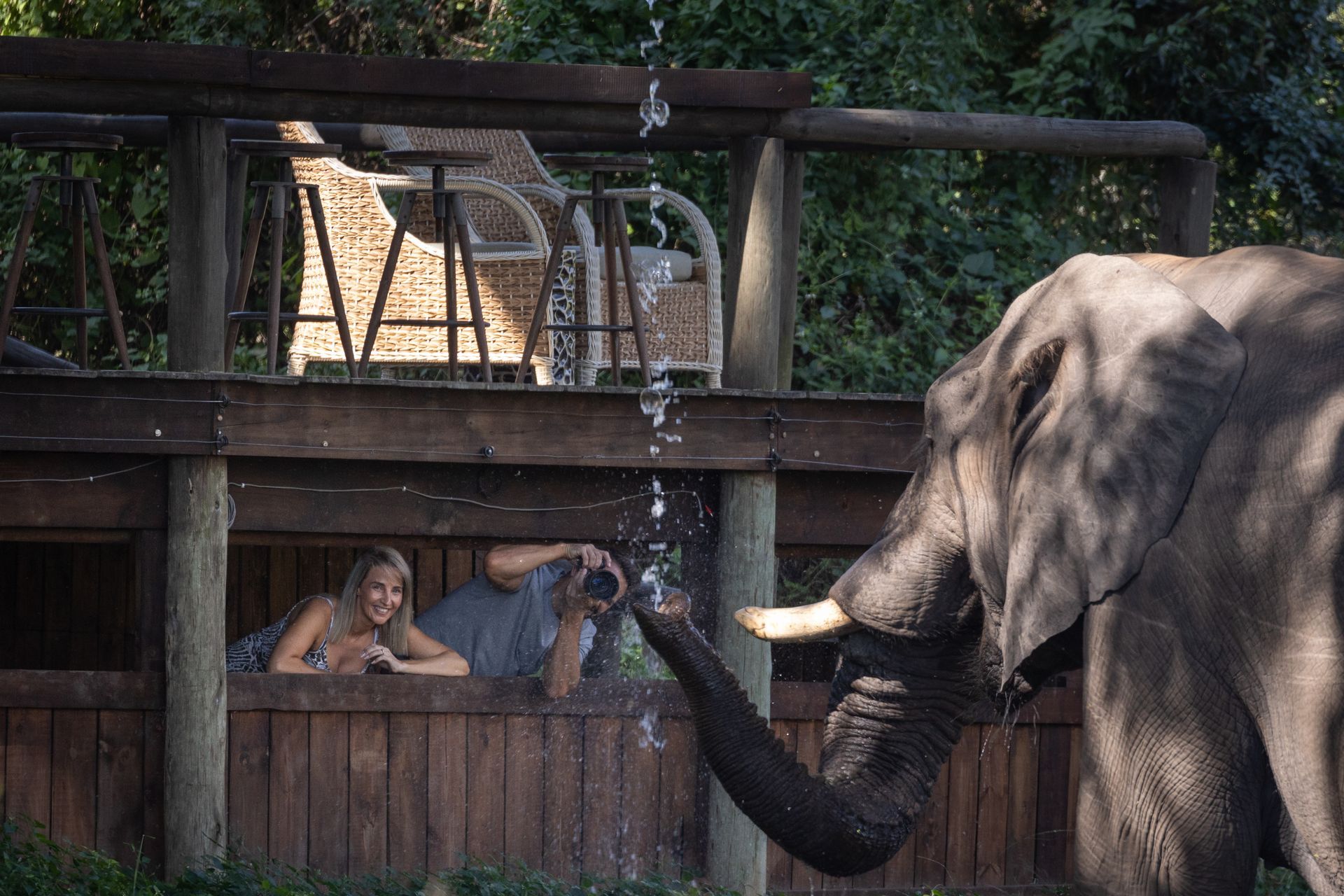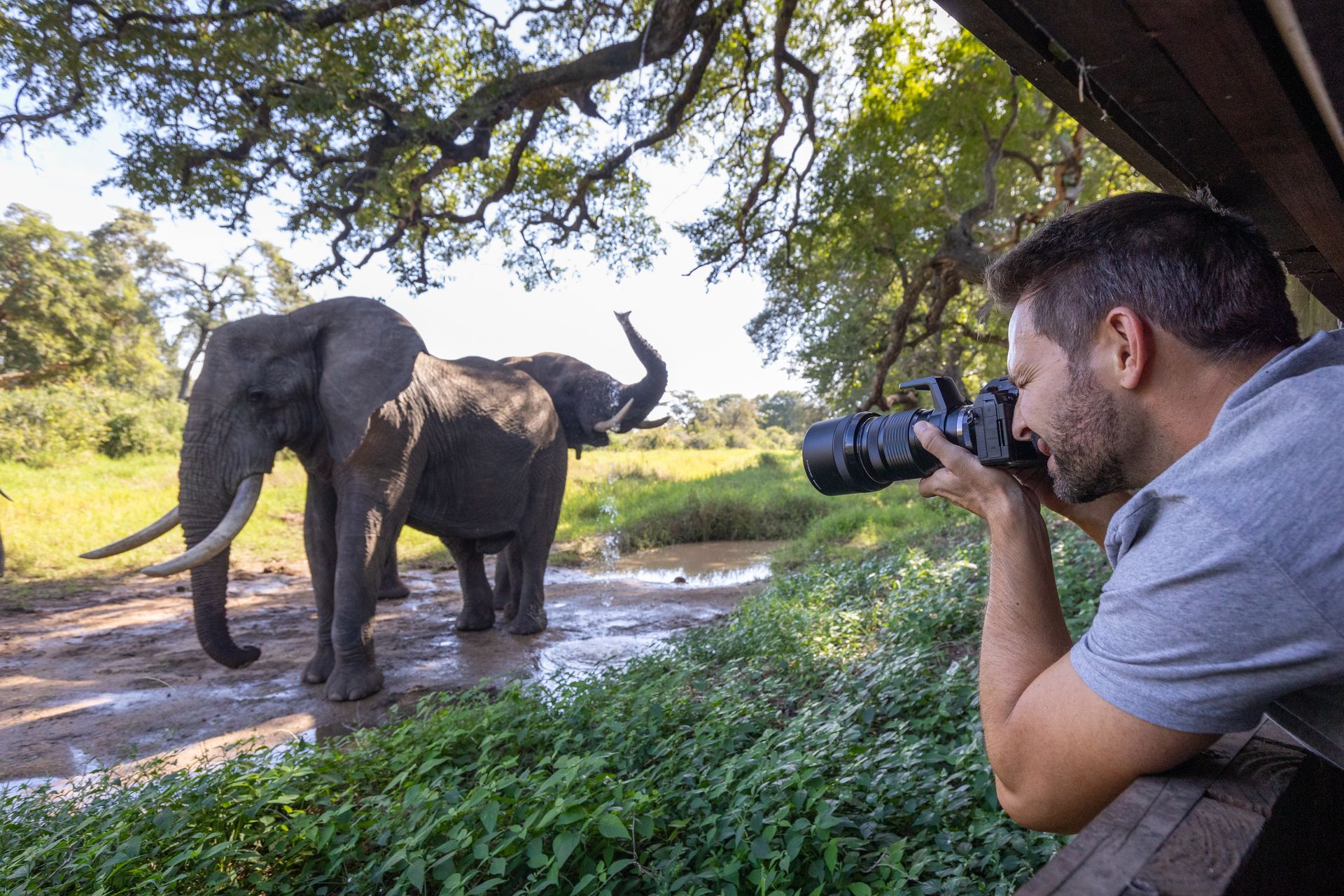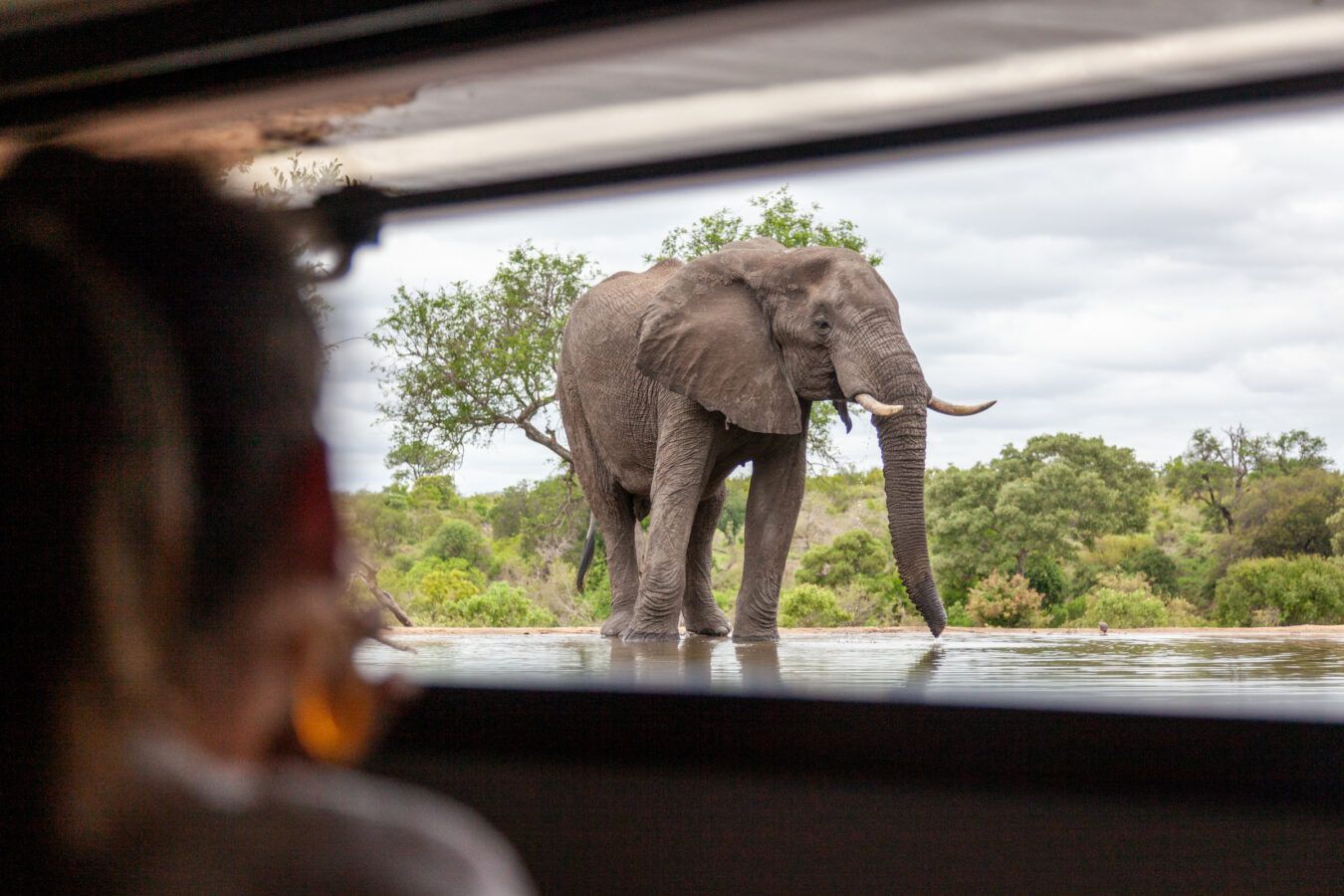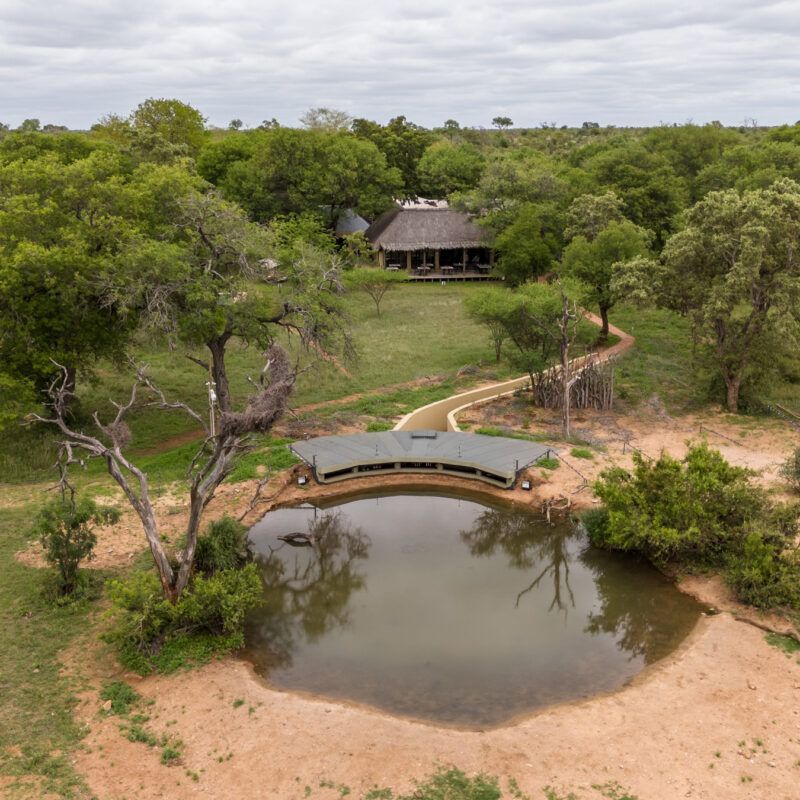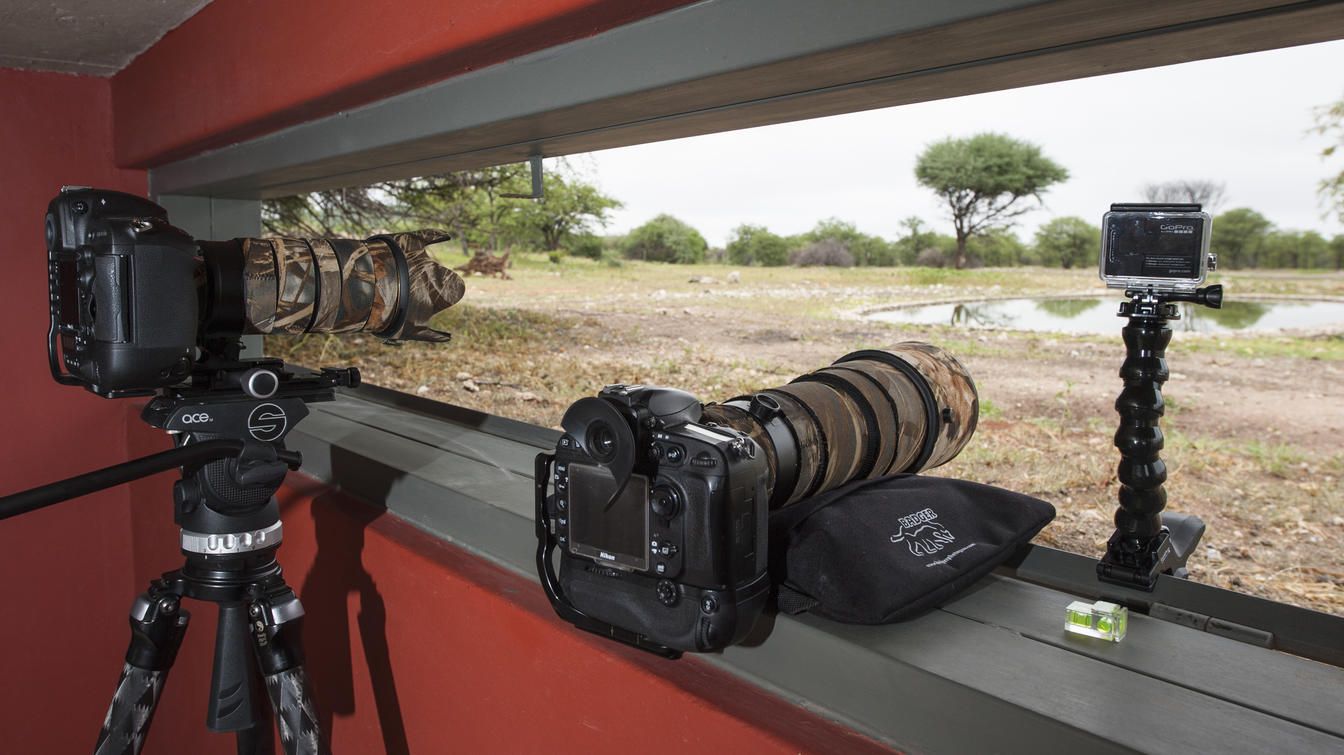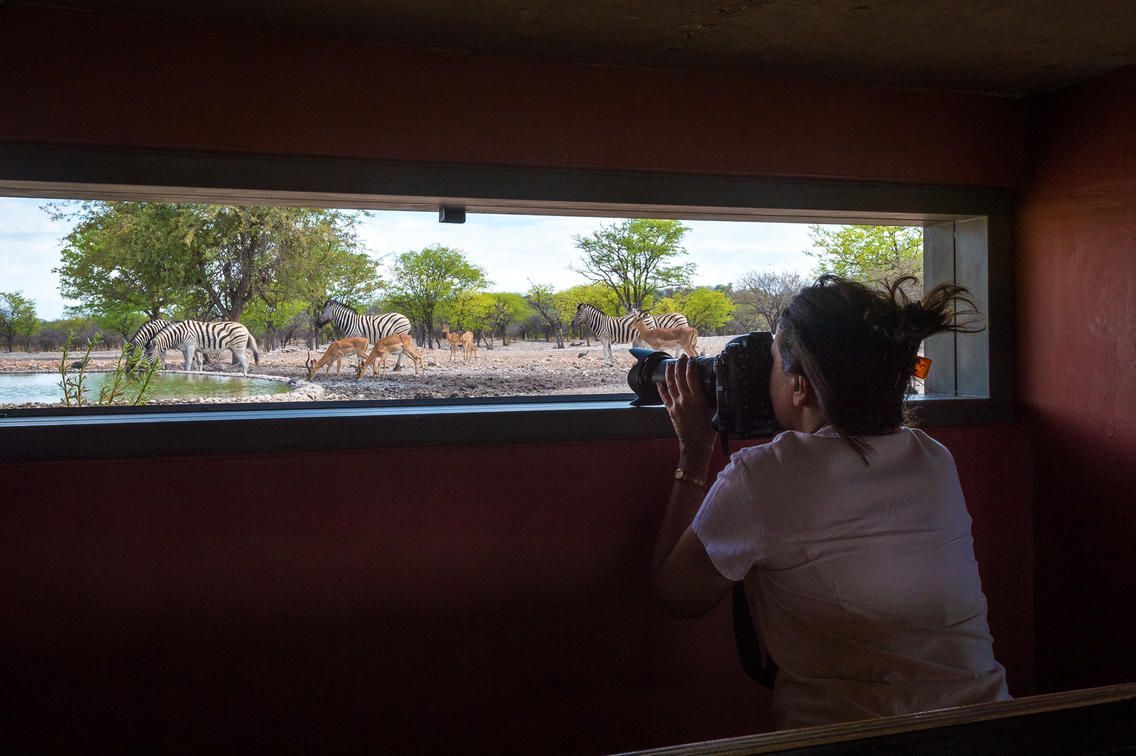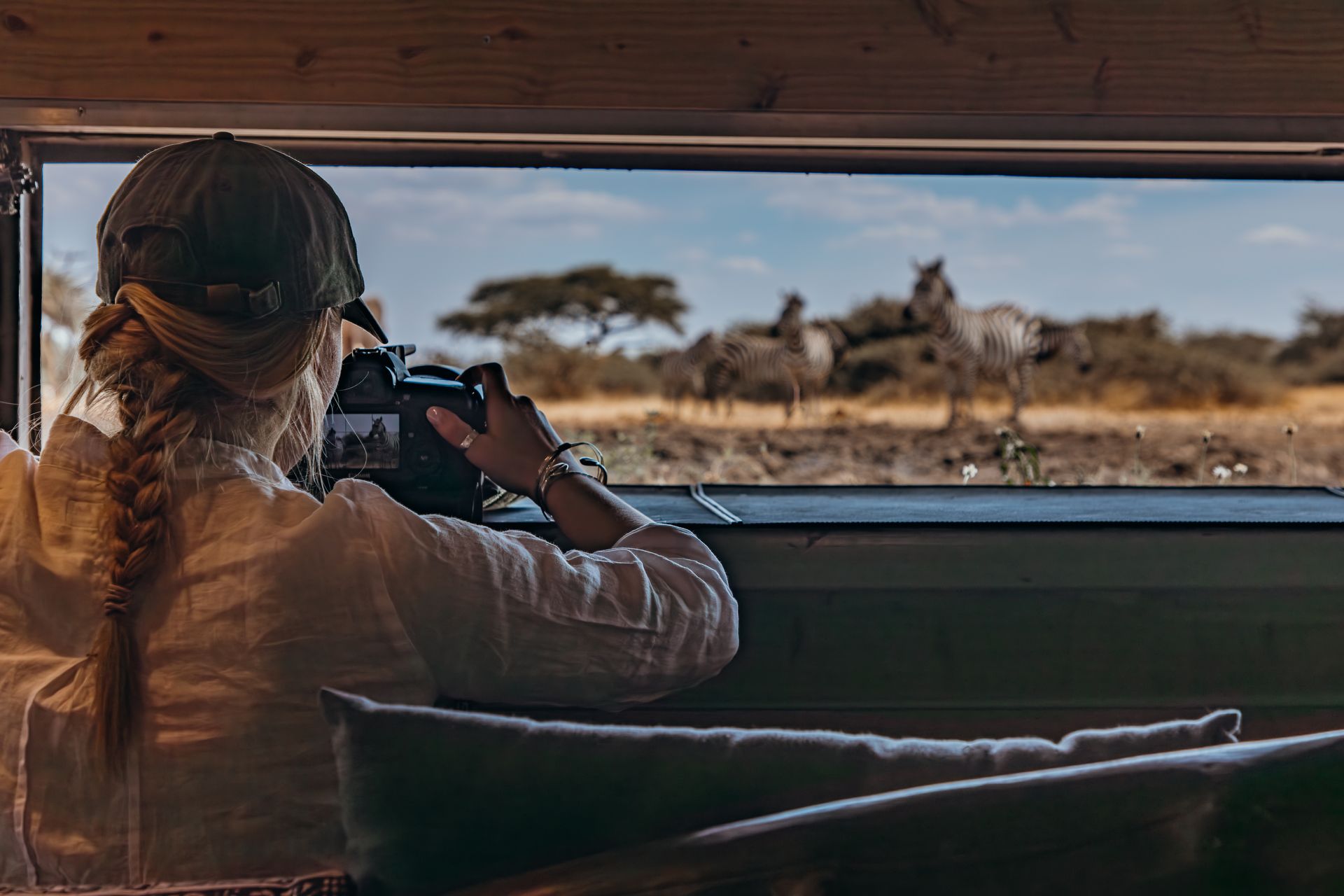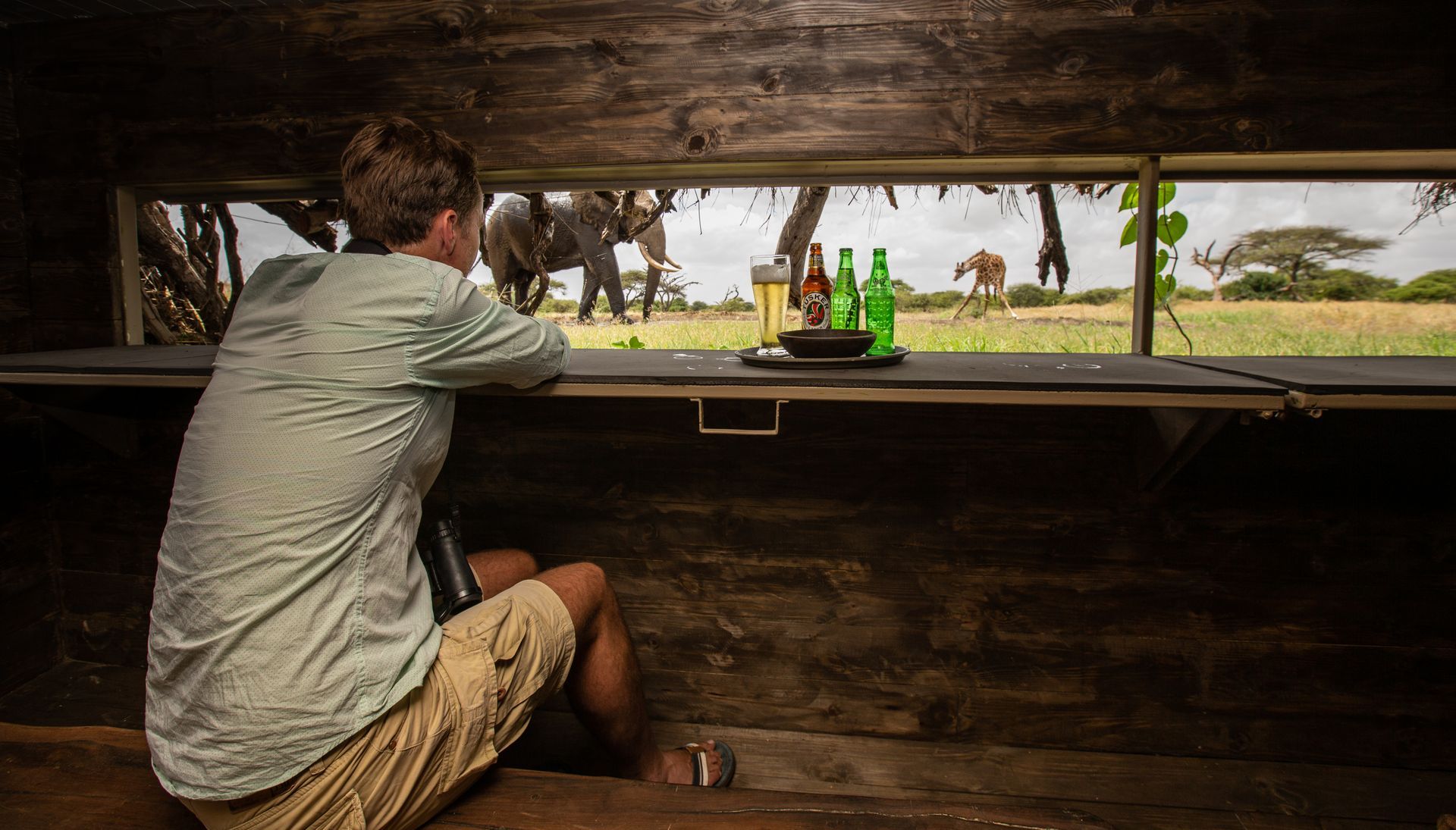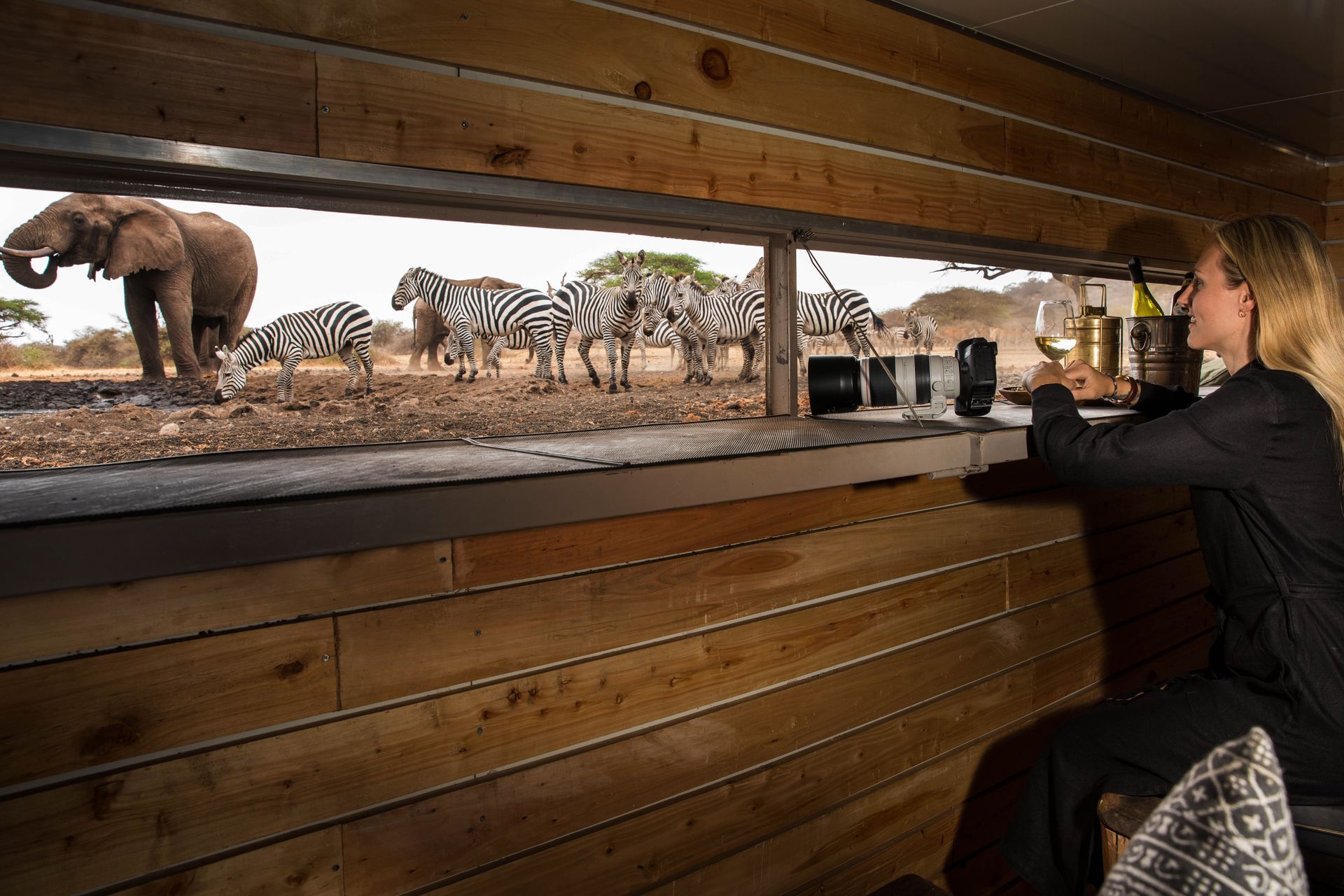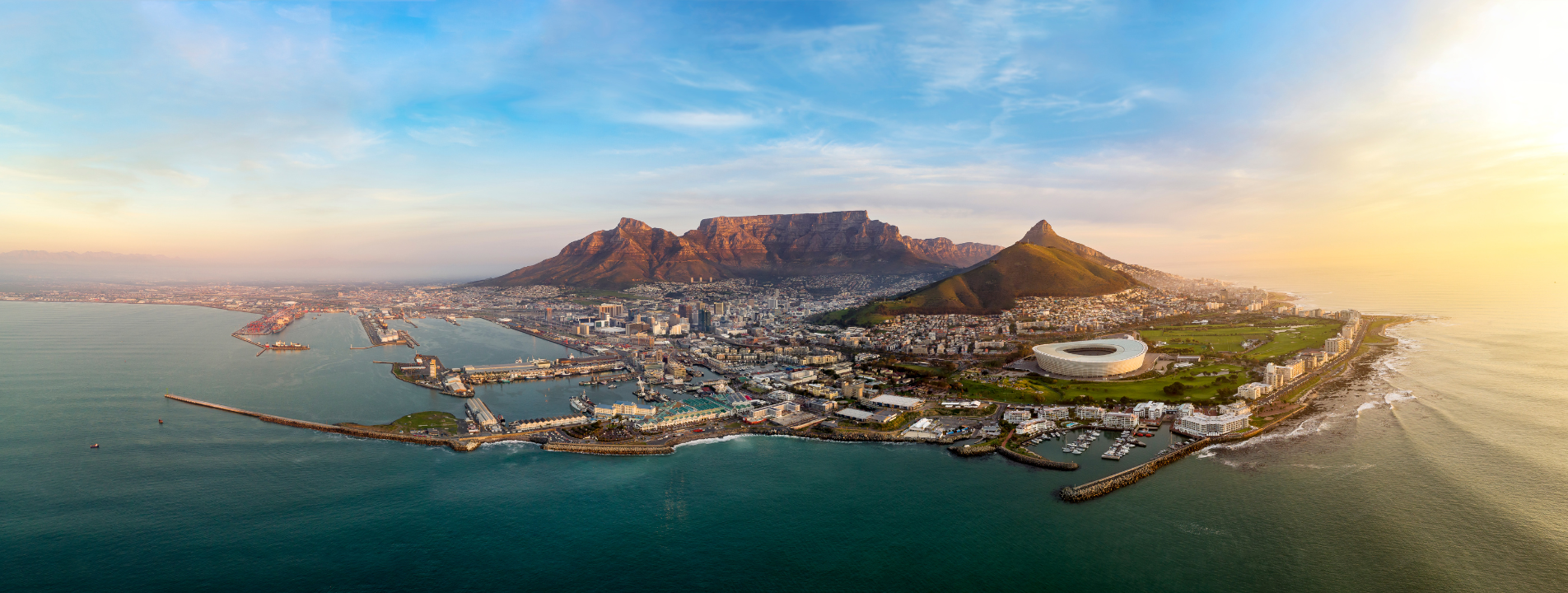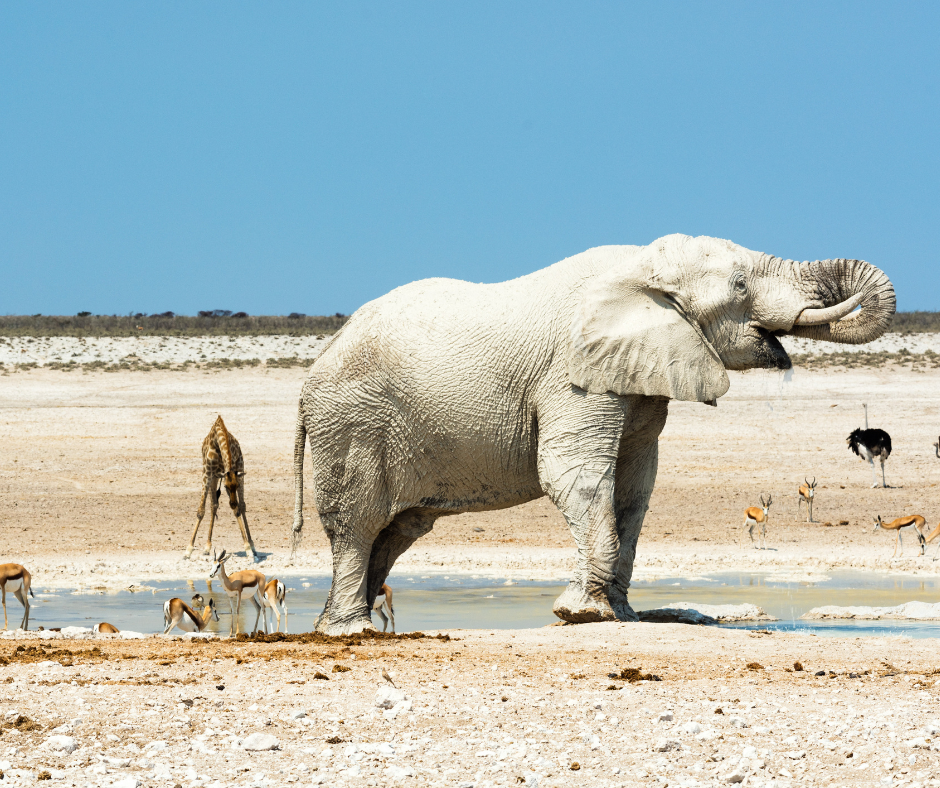How to Book a Photographic Safari
Why Should you book a Photographic Safari?
A photographic safari gives you unmatched access to Africa’s wild beauty, combining expertly guided game drives with optimal lighting conditions and positioning for that perfect shot. Unlike a standard safari, every excursion is planned with photography in mind, from early-morning departures to late-afternoon golden-hour sessions, so you’re always in the right place at the right time.
You’ll also benefit from the knowledge of specialist photographic guides, professionals who understand both animal behavior and the technical side of photography, offering tips on composition, camera settings, and anticipating wildlife action so you capture award-worthy images. Beyond the photos themselves, these safaris let you immerse yourself in nature at a slower, more intentional pace, encouraging patience and observation—waiting quietly at a waterhole, for example, often reveals remarkable interactions you might otherwise miss.
The experience also helps you sharpen your creative and technical skills, as you practice everything from low-light techniques to storytelling through images, all while traveling through iconic landscapes like the Serengeti, Okavango Delta, or Greater Kruger.
Most importantly, a photographic safari fosters a lasting conservation connection: by documenting wildlife in its natural habitat, you raise awareness and contribute to the protection of threatened species, making every click of the shutter part of a larger effort to safeguard Africa’s wild heritage.
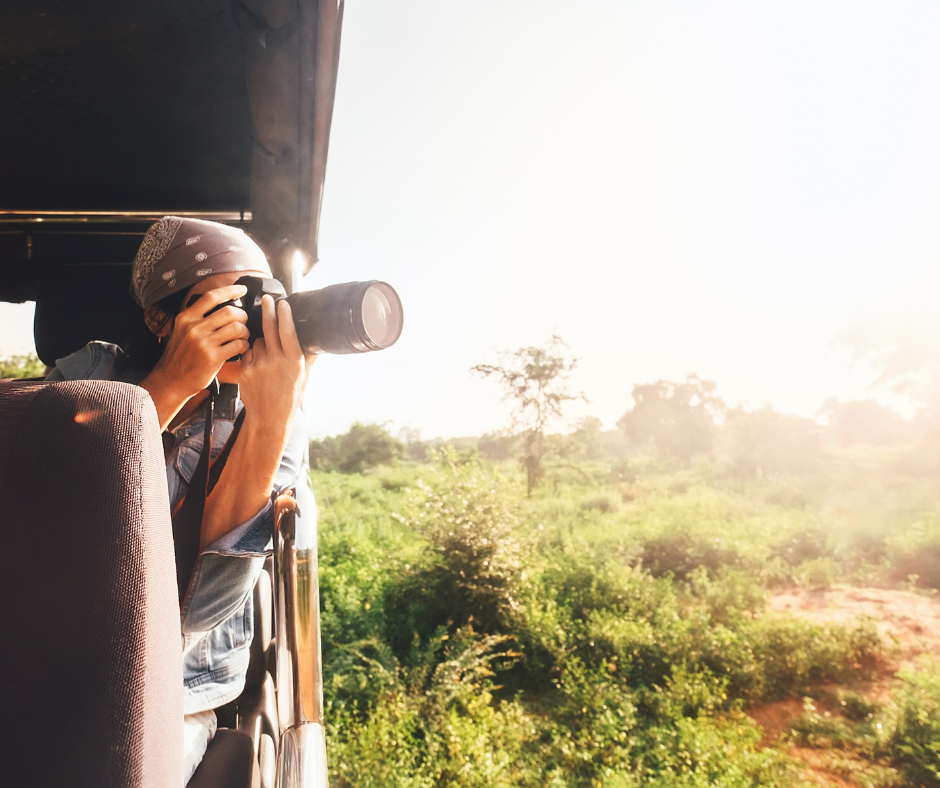
Key Takeaways
1. Prime Access to Wildlife
Photographic safaris are designed around the best times and places for sightings. You’ll head out early and stay late to catch golden-hour light, position vehicles for the perfect angle, and linger at sightings without pressure to move on.
2. Expert Photographic Guides
Specialist photographic guides understand both animal behavior and camera settings. They’ll help you anticipate a leopard’s next move or adjust exposure for that glowing Kalahari sunset. Many offer on-the-spot coaching so you capture the moment instead of missing it.
3. Purpose-Built Vehicles & Hides
You’ll often have fewer guests per vehicle, beanbags or gimbal mounts, and custom seating for unobstructed views. Some lodges feature dedicated photographic hides—like those at Tintswalo Safari Lodge, Karongwe, Kings Camp, Anderssons at Ongava, and Ol Donyo in Kenya—so you can shoot eye-level portraits of elephants, birds, and other wildlife in total comfort.
4. Time & Flexibility
Unlike standard game drives that balance varied guest interests, a photographic safari is all about the shot. Guides happily wait for hours if a pride of lions is about to hunt or if the light is about to peak.
5. Learning & Skill-Building
Daily feedback sessions and editing tips help you return home a better photographer. You’ll learn to work with natural light, frame fast-moving subjects, and tell a story through your images.
6. Small Groups & Private Options
Many photographic safaris cap vehicles at four guests or offer completely private trips. That means more space for gear and uninterrupted shooting.
7. Enduring Memories & Shareable Art
Instead of just memories, you’ll return with a portfolio of professional-quality images to print, share, or even sell. Your photos become a tangible reminder of Africa’s wild beauty.

Top Tips for a Photographic Safari
1. Choose a Privately Guided African Safari for Total Flexibility
A Privately Guided African Safari ensures you can linger at sightings, chase golden light, and adjust your schedule without compromise. Your private guide is not juggling multiple guests’ priorities—every decision, from sunrise starts to late-night astrophotography, revolves around your images.
2. Work with a Photographic Safari Guide
A Photographic Safari Guide understands both the technical side of photography and the unpredictability of wildlife. They position the vehicle for ideal angles, read animal behavior for decisive moments, and share insider knowledge on the best times for each species. A great Private Guide will also be able to assist you with your settings - the light in Africa is very different, allowing you to get the most out of your time on safari.
3. Select Private African Safari Packages for Customized Itineraries
With Private African Safari Packages, you can tailor your route to iconic photography locations: think Botswana’s Okavango Delta for reflections, Tanzania’s Serengeti for migration drama, or Namibia’s surreal dunes at Sossusvlei.
4. Gear Up Wisely
Two camera bodies, a versatile zoom (100–400mm or 200–600mm), and a fast wide-angle lens will cover nearly every scenario. Dust is inevitable—pack plenty of lens cloths and a sturdy bag.
5. Master Low-Light Techniques
Dawn and dusk are Africa’s golden hours. Practice shooting wide open (f/2.8–f/4), raise ISO confidently, and stabilize with beanbags instead of tripods in vehicles.

Book a Safari Consultation Call now to speak to one of our photographic guides about your next photographic Safari
Spotlight : Africa's Best Photographic Hides
When planning Private African Safari Packages, add these exceptional hides to your itinerary. Each offers world-class opportunities for professional-level images.
Tintswalo Safari Lodge – Greater Kruger, South Africa
At Tintswalo Safari Lodge a dedicated photographic hide lets you step quietly into the animals' world, without even leaving camp. Situated beneath the main deck at the lodge and overlooking a beautiful tree-lined dry riverbed this secluded vantage point is purpose built for wildlife photographers who crave an intimate encounter with Africa's giants. From this ground-level perspective, you can watch as elephants appear silently through the treeline - their gentle low rumbles vibrating through you as you compose the perfect frame.
Because the hide is tucked under the deck, guests stay shaded and cool even in the midday heat. Wide viewing slits and comfortable seating allow you to stay poised for the decisive moment without disturbing the wildlife. The natural timber structure blends into the riverbank so well that animals often wander close, unaware of human presence. It’s a space where you can settle in for hours, fine-tuning camera settings or simply absorbing the rhythms of the bush.
The Elephant Hide at Tintswalo Safari Lodge
Kings Camp – Timbavati, South Africa
The Kings Warren Photographic Hide at Kings Camp is a must-visit for anyone seeking an exclusive Timbavati photographic experience. Built beneath ground level, beside a permanent waterhole, this purpose-designed photographic hide offers a rare eye--level perspective of elephants, antelope, birds and even predators. This is the perfect hide for professional photographers and keen amateurs alike.
Accessed through a discreet tunnel from the main lodge, the hide is thoughtfully equipped with cushioned seating and charging ports this hide offers complete concealment for eye-level shots.
You can also livestream footage from the hide here
The Kings Warren Photographic Hide at Kings Camp
Anderssons at Ongava – Namibia
Looking for a Namibia photographic safari that gets you closer to wildlife than you ever imagined? The underground photographic hide at Anderssons at Ongava places you at ground level beside a busy waterhole, creating the perfect setting for dramatic, eye-level images of Etosha’s iconic animals. Whether you’re planning a private Namibian safari, joining a small-group photographic expedition, or adding a specialized wildlife photography stop to an Etosha itinerary, the Anderssons hide delivers an unparalleled blend of comfort, excitement, and photographic potential.
The Photographic Hide at Andersons at Ongava
Ol Donyo Lodge – Kenya’s Chyulu Hills
For travelers seeking a Kenya photographic safari that blends luxury with extraordinary wildlife encounters, the photographic hides at Ol Donyo Lodge deliver an experience like no other. Set in the heart of the Chyulu Hills between Amboseli and Tsavo, these hides place you right at the edge of a permanent waterhole where elephants, antelope, and a variety of bird species gather daily.
Both hides are carefully positioned so guests can watch animals at eye level, capturing natural behaviors without intrusion—ideal for dramatic close-ups and reflection shots. Choose between the shaded sunken hide, equipped with comfortable seating and refreshments for longer sessions, or the rustic log-pile hide, camouflaged with timber for an authentic bush atmosphere.
The Photographic Hide at Ol Donoyo
Planning A Photographic Safari
Whether you’re crafting bespoke Private African Safari Packages, joining a Privately Guided African Safari, or hiring a Photographic Safari Guide, Martin Meyer Safaris can design a journey focused on exceptional photography. We combine local expertise with insider access—like exclusive hours in the hides above—to ensure your images capture the essence of the wild.
With decades of guiding experience and insider connections across Africa’s premier reserves, Martin Meyer Safaris opens doors to places and people that ordinary tours can’t reach. From arranging exclusive sessions in celebrated photographic hides like Tintswalo, Kings Camp, Anderssons at Ongava, and Ol Donyo Lodge, to securing top private guides and custom 4×4 photographic vehicles, every detail is planned for flawless execution.
Whether you’re a professional photographer building a portfolio, a passionate amateur looking to refine your skills, or a family seeking a once-in-a-lifetime adventure, a Private Guided Photographic Safari with Martin Meyer Safaris offers unmatched freedom, creative possibility, and conservation impact.
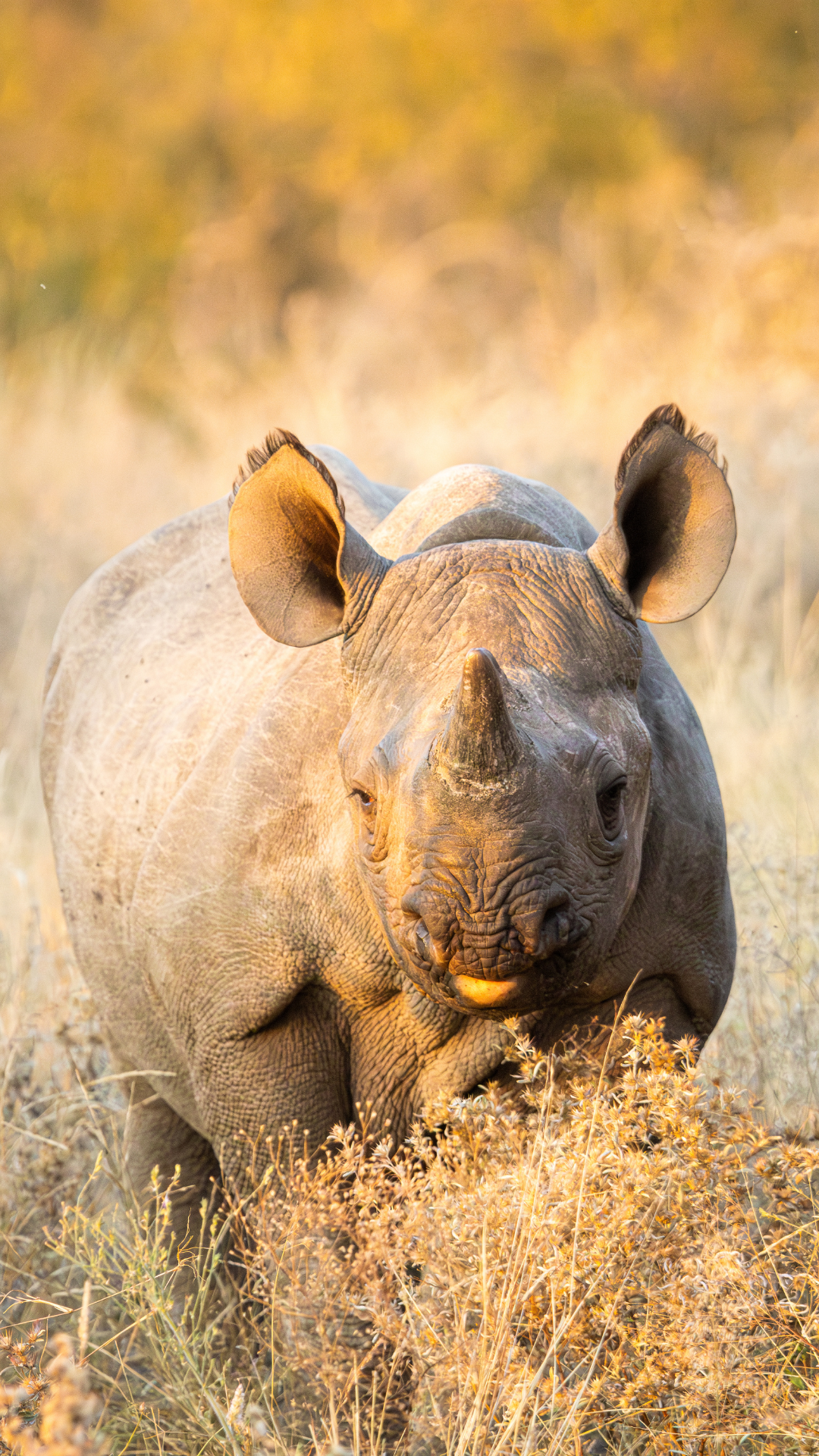
Best Seasons for a Photographic Safari
Southern Africa (South Africa, Botswana, Namibia, Zambia)
- Best Months: May–October (dry season)
- Why: Sparse vegetation and dwindling water sources concentrate wildlife around rivers and pans, creating clear sight lines and dramatic action shots in golden winter light.
- Extra Tip: August–October offers intense game activity and spectacular dust-lit sunsets, ideal for black-and-white photography.
East Africa (Kenya & Tanzania)
- Best Months: June–October for the Great Migration in the Serengeti and Maasai Mara.
- Why: Massive herds of wildebeest and zebra, predator interactions, and brilliant morning light make for iconic images.
- Alternate Window: January–February—calving season with softer light and fewer crowds, perfect for close-up newborn wildlife shots.
Uganda & Rwanda (Gorilla/Primate Photography)
- Best Months: June–September and December–February
- Why: Drier conditions mean easier trekking and better visibility in the rainforest canopy.
General Tip:
Aim for
shoulder months (May or late October) if you want excellent wildlife density with slightly fewer tourists and balanced weather for both landscapes and close-up wildlife photography.
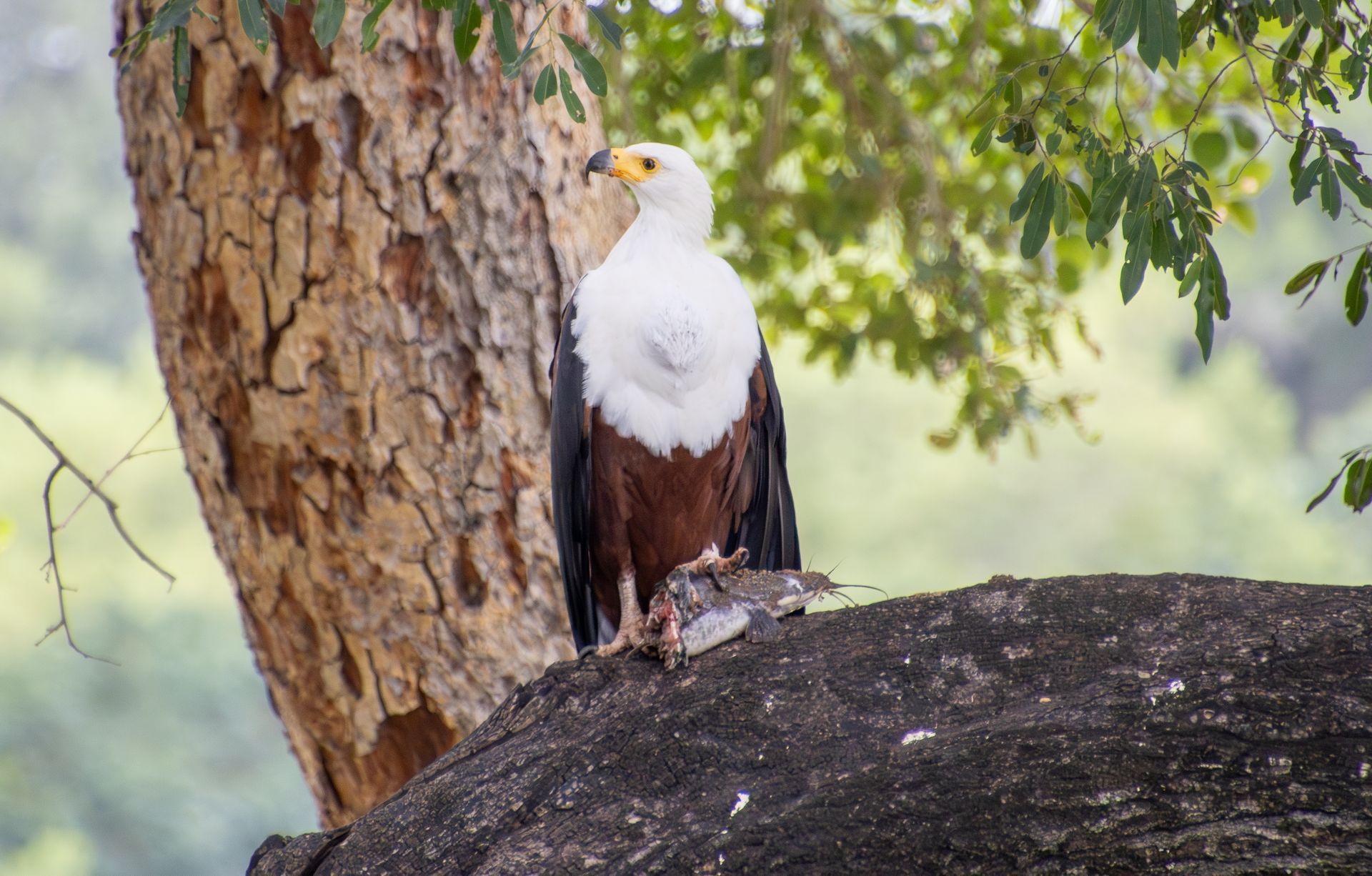
Why Choose a Private Guided Photographic Safari
A Private Guided Tour means you travel on your schedule, with an experienced photographic guide who understands both the art of photography and the rhythm of the bush. You’ll enjoy:
- Tailored Itineraries: From the predator-rich plains of the Maasai Mara to Botswana’s Okavango Delta or Namibia’s surreal deserts, each itinerary is crafted around your preferred subjects, from big cats to birdlife, golden-hour scenery to dramatic night skies.
- Exclusive Vehicle Access: Spend as long as you need at a sighting—waiting for that perfect moment—without worrying about other guests’ timelines.
- On-the-Spot Mentorship: Your guide will assist with camera settings, composition tips, and field techniques, helping you capture professional-quality images whether you’re using a DSLR or a mirrorless setup.
- Specialized Locations: Enjoy rare opportunities to photograph wildlife from private photographic hides, on foot during walking safaris, or from water-level in a mokoro, all carefully chosen for lighting and perspective.
Combining Wildlife Photography and Conservation
For photographers who want their images to tell a deeper story, Martin Meyer Safaris offers the rare chance to blend a Privately Guided Photographic Safari with authentic, on-the-ground conservation work. These journeys go far beyond traditional game drives, giving you unparalleled access to critical wildlife projects—and the opportunity to document them as they unfold.
Photograph Conservation in Action
Imagine focusing your lens while rangers fit a tracking collar on a hyena, or capturing the intensity of a rhino dehorning operation designed to deter poachers. With special permissions and close coordination with reserve managers, Martin Meyer Safaris provides exclusive photographic access to conservation activities normally closed to the public. You’ll work alongside veterinarians, researchers, and anti-poaching teams, documenting the moments that safeguard Africa’s most threatened species.
Unmatched Access and Expert Guidance
Because every itinerary is privately guided, you’re never limited by standard schedules or group constraints. Your specialist photographic guide ensures you’re in the right place at the right time—whether it’s golden-hour shots of elephants at a waterhole or behind-the-scenes coverage of a wildlife rescue. This privileged access allows you to capture not just striking portraits of animals, but also the vital human efforts that protect them.
Create Impact Through Your Images
By pairing your photographic safari with conservation work, your portfolio becomes more than a collection of beautiful wildlife images—it becomes a visual record of Africa’s ongoing fight to protect its natural heritage. Your photographs can help raise awareness, inspire action, and contribute to the very projects you witness.
Book a Photographic Safari with Martin Meyer Safaris in 2026 and Automatically save 10% on your safari price
Have you always dreamed of going on safari but don't know where to start ?
We offer a complimentary 1 hour safari consultation call to simplify the process.

